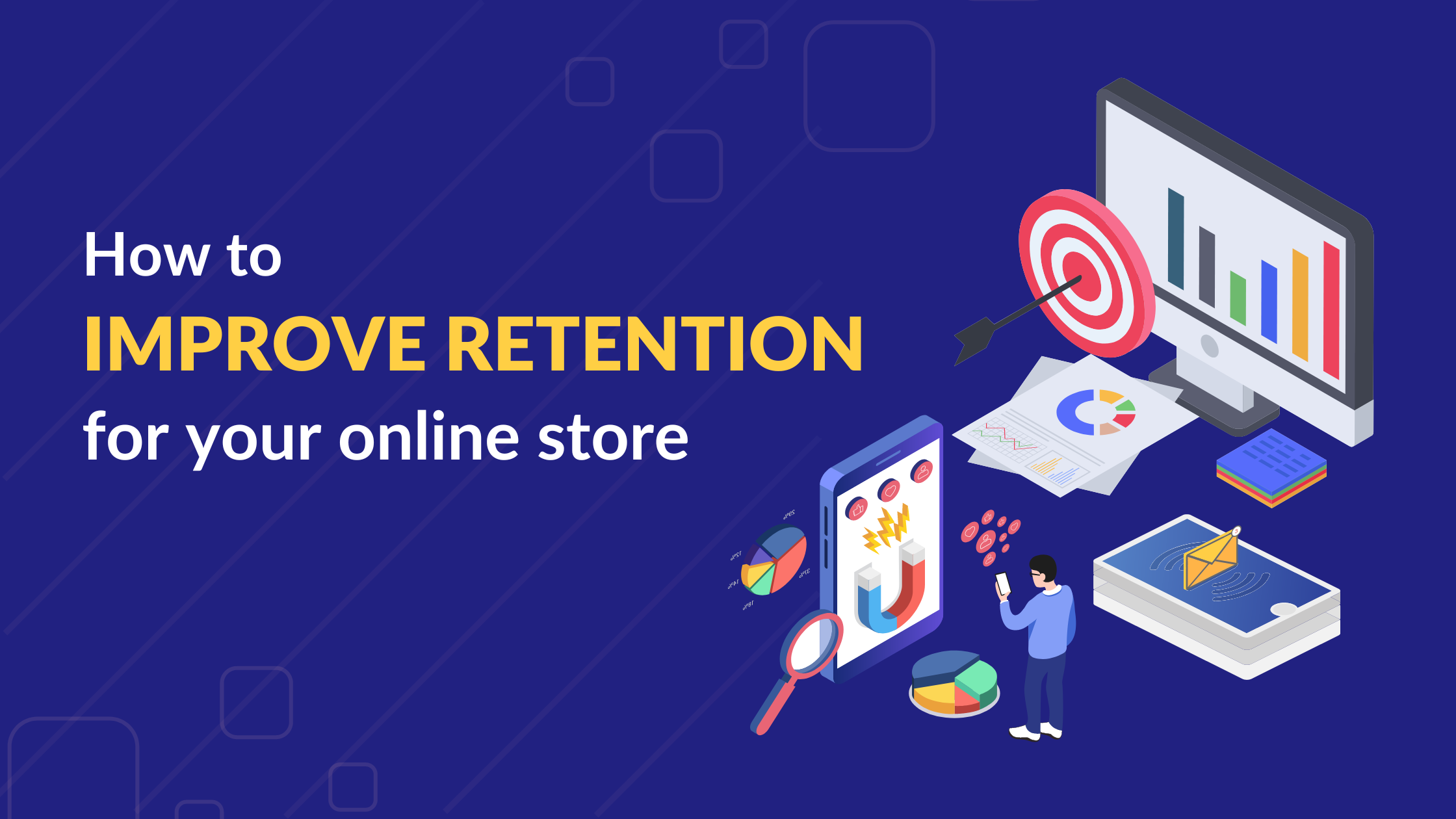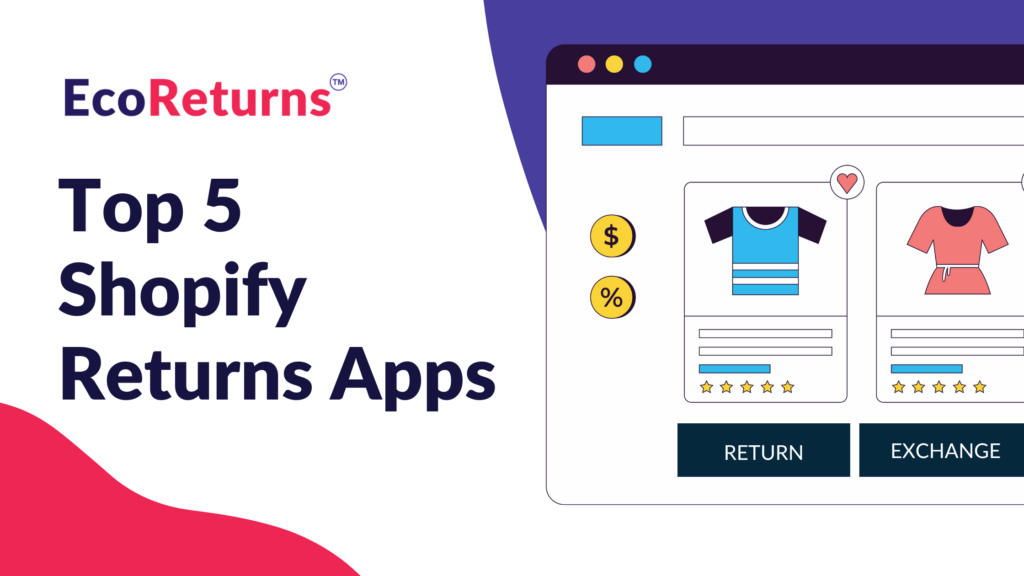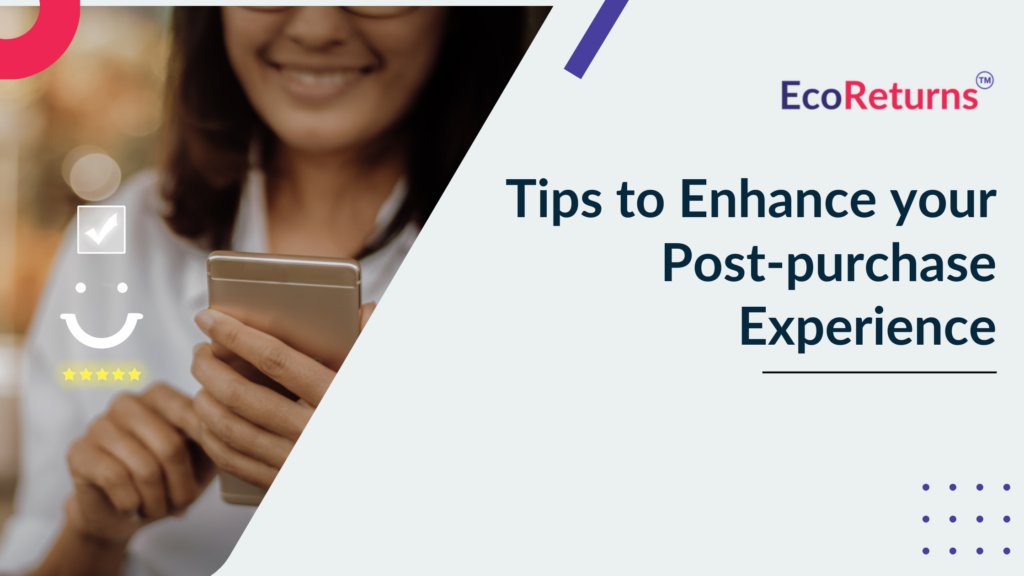Looking to stay ahead of the competition in today’s cutthroat eCommerce landscape? Then it’s time to focus on customer retention! In this ultimate guide, we’ll show you how to develop a winning ecommerce customer retention strategy that will keep your customers coming back for more.
Whether you’re a seasoned pro or just starting out, we’ve got you covered with the latest and most effective techniques for retaining customers and boosting sales. So, what are you waiting for? Let’s dive in and discover the power of ecommerce customer retention in 2023!
The Importance of Ecommerce Customer Retention for Business Success -
Customer retention is critical to the success of any ecommerce business.
When a customer makes a purchase from an ecommerce store, they expect a hassle-free and positive experience. If they receive excellent service, they are more likely to return to the same store for future purchases. This is where customer retention comes in.
According to research conducted by Frederick Reichheld of Bain & Company, increasing customer retention rates by as little as 5% can lead to an increase in profits ranging from 25% to 95%.
Retaining customers is much more cost-effective than acquiring new ones. Studies have shown that it costs 5 times more to acquire a new customer than to retain an existing one. In addition, existing customers are more likely to make repeat purchases, which can significantly boost revenue and improve the bottom line. This is why it’s essential to focus on customer retention as a key business strategy.
By improving your customer retention, you also improve your customer lifetime value (CLV) by encouraging repeat purchases and building long-term relationships with customers.
Key Metrics to Track for Effective Ecommerce Customer Retention Strategies
Customer Retention Rate: Customer retention rate refers to the percentage of customers who continue to do business with a company over a given period. By tracking customer retention rates, you can measure the effectiveness of your customer retention efforts. A high retention rate indicates that your customers are satisfied with your products, services, and overall experience, while a low retention rate indicates the need for improvements in your strategy.
Customer Lifetime Value (CLV): CLV refers to the total value a customer brings to a business over the course of their relationship. By tracking CLV, you can measure the profitability of your customers and identify opportunities to increase revenue. By focusing on customer retention, you can increase the CLV by encouraging repeat purchases and building long-term relationships with customers.
Churn Rate: Churn rate refers to the percentage of customers who stop doing business with a company over a given period of time. By tracking churn rate, you can measure the effectiveness of your customer retention efforts. A high churn rate indicates that your customers are not satisfied with your products, services, or overall experience, while a low churn rate indicates the effectiveness of your retention efforts.
Repeat Purchase Rate: Repeat purchase rate refers to the percentage of customers who make more than one purchase from a company over a given period of time. By tracking repeat purchase rate, you can measure the loyalty of your customers and identify opportunities to increase revenue. By focusing on customer retention, you can increase the repeat purchase rate by providing exceptional customer service, personalized marketing, and loyalty programs.
Customer Satisfaction Score (CSAT): CSAT measures customer satisfaction with a specific interaction, transaction, or experience. By tracking CSAT, you can identify areas where customers are not satisfied and take action to improve their experience. By focusing on customer retention, you can increase the CSAT by providing exceptional customer service, personalized experiences, and addressing customer feedback and concerns.
How to Develop a Winning Ecommerce Customer Retention Strategy
Developing a winning ecommerce customer retention strategy is crucial for any online business that wants to maintain a sustainable growth rate. Customer retention is more cost-effective than customer acquisition, and it also helps to build a loyal customer base that can provide valuable feedback and referrals.
The first step in developing a winning ecommerce customer retention strategy is to identify and understand your target audience. You should have a clear understanding of your customer demographics, their buying habits, and their preferences. This information can help you tailor your marketing and communication strategies to better meet the needs of your customers.
Offer personalized experiences to your customers. This can include personalized product recommendations, customized email marketing campaigns, and targeted social media advertising. This way you can create a sense of loyalty and trust with your customers, which can lead to repeat purchases and positive reviews.
You should also focus on providing exceptional customer service. This includes providing timely responses to customer inquiries, offering easy returns and exchanges, and providing clear and accurate product descriptions.
EcoReturns is the world’s first-ever ChatGPT-based returns solution that makes placing a return/exchange request extremely easy for your customers.
Another important aspect of developing a winning ecommerce customer retention strategy is to incentivize repeat purchases. This can include offering discounts or rewards for repeat purchases, providing exclusive access to new products or sales, or offering free shipping for loyal customers. By incentivizing repeat purchases, you can encourage customers to return to your ecommerce site and continue to make purchases.
Finally, you should also focus on building a community around your ecommerce brand. This can include hosting online events, creating user-generated content, and providing social proof through customer reviews and testimonials. By building a community around your ecommerce brand, you can create a sense of belonging and loyalty among your customers, which can lead to long-term retention and growth.
Personalization: The Key to Successful Ecommerce Customer Retention
Personalization is one of the most effective strategies for ecommerce customer retention. It involves tailoring the customer experience to everyone’s unique preferences and needs, which can increase customer loyalty and encourage repeat purchases. In fact, studies have shown that personalization can lead to a 20% increase in sales and a 15% increase in customer loyalty.
One way to implement personalization in ecommerce is through product recommendations. By analyzing a customer’s browsing and purchase history, businesses can recommend products that are relevant to their interests and needs. This not only increases the likelihood of a purchase, but it also creates a sense of personalization and care that can strengthen the relationship between the customer and the business.
Another way to personalize the customer experience is through targeted email marketing campaigns. By segmenting customers based on their preferences, purchase history, and behavior, businesses can create email campaigns that are more relevant and engaging. For example, a business could send a special promotion to customers who haven’t made a purchase in a while, or offer a discount on a product that a customer has previously shown interest in.
Personalization can also be implemented through website design and user experience. By creating a website that is easy to navigate and personalized to each customer, businesses can create a sense of comfort and familiarity that can increase customer satisfaction and loyalty. This can include displaying recommended products or personalized content on the homepage, or using past purchase history to personalize the checkout process.
How to Use Loyalty Programs to Drive Ecommerce Customer Retention
Loyalty programs are an effective tool for driving ecommerce customer retention. By offering incentives and rewards for repeat purchases and engagement, businesses can create a sense of loyalty and incentivize customers to continue to make purchases. In fact, studies have shown that customers who are part of a loyalty program are more likely to make repeat purchases, spend more money, and refer others to the business.
One way to use loyalty programs to drive ecommerce customer retention is to offer points or rewards for every purchase. This not only encourages customers to make repeat purchases, but it also creates a sense of progress and achievement as they accumulate points or rewards towards a larger goal. Businesses can also offer bonus points or rewards for larger purchases or for referring friends to the business.
Another way to use loyalty programs to drive ecommerce customer retention is to offer exclusive access to products or sales. By providing early access or exclusive discounts to loyal customers, businesses can create a sense of exclusivity and reward that can encourage customers to continue to engage with the business. This can also create a sense of urgency and FOMO (fear of missing out), which can further incentivize customers to make a purchase.
In addition to offering rewards and exclusive access, businesses can also leverage loyalty programs to gather customer data and feedback. By incentivizing customers to provide feedback and participate in surveys, businesses can gain valuable insights into customer preferences, needs, and pain points. This data can then be used to further personalize the customer experience and tailor marketing and communication strategies to better meet the needs of customers.
Shoppers’ interactions with participating stores are being modernised by WyseMe, an innovative AI-Powered eCommerce Loyalty Rewards Programme Software. Wyse Points are a flexible currency that can be redeemed at any affiliated businesses.
Customers earn Wyse Points with each purchase they make within WyseMe’s collaborative ecosystem. This gives customers a multitude of ways to use their earned points, which enhances the experience by making it more fulfilling.
WyseMe offers businesses a dual benefit: it increases brand awareness and lowers acquisition costs while building lasting client loyalty.
With its integrated loyalty and rewards platform, WyseMe maintains an exceptional 90% retention rate while utilising state-of-the-art AI technology to acquire high-value consumers at significantly lower costs.co
Cross Selling & Up Selling
Cross-selling and upselling are two effective techniques for driving ecommerce customer retention. Cross-selling involves offering customers complementary products or services that complement their initial purchase, while upselling involves encouraging customers to upgrade to a more expensive or premium version of a product or service.
These techniques not only increase the average order value but also create a sense of added value for the customer, which can increase customer loyalty and encourage repeat purchases.
One effective cross-selling technique is to offer product bundles. By grouping complementary products together and offering them at a discounted price, businesses can incentivize customers to purchase multiple products at once and create a sense of added value. For example, a business selling sports equipment could offer a bundle of a sports bag, water bottle, and a towel at a discounted price for customers who purchase a new set of athletic clothes.
Another cross-selling technique is to display related or recommended products on product pages or during the checkout process. By analyzing customer purchase history and browsing behavior, businesses can display products that are relevant and complementary to the customer’s initial purchase. This not only increases the likelihood of a purchase but also creates a sense of personalization and care that can strengthen the relationship between the customer and the business.
Upselling can be effective by highlighting the benefits of upgrading to a more expensive or premium version of a product or service. For example, a business selling a subscription service could offer a premium version with additional features and benefits that are not available in the basic version. By highlighting the added value and benefits of the premium version, businesses can incentivize customers to upgrade and increase their overall spend.
Another effective upselling technique is to offer add-ons or upgrades during the checkout process. By offering customers the option to add a premium version of a product or service during the checkout process, businesses can increase the average order value and create a sense of added value for the customer.
How to Leverage Customer Feedback and Reviews to Improve Ecommerce Customer Retention
Leveraging customer feedback and reviews is a powerful way to improve ecommerce customer retention. By listening to customers and understanding their needs and pain points, businesses can identify areas for improvement and tailor the customer experience to better meet the needs of their customers. In addition, positive reviews can serve as social proof, creating a sense of trust and credibility that can increase customer loyalty and encourage repeat purchases.
One way to leverage customer feedback and reviews is to actively solicit feedback from customers. This can be done through surveys, email campaigns, or in-person follow-ups after a purchase. By asking customers for feedback on their experience with the business, including any pain points or areas for improvement, businesses can gain valuable insights into how to better serve their customers and improve the overall customer experience.
Another way to leverage customer feedback and reviews is to actively monitor and respond to reviews on various platforms, such as social media or third-party review sites. This can help businesses address any negative feedback or concerns that customers may have and demonstrate a commitment to customer satisfaction. Responding to reviews can also create a sense of engagement and interaction with customers, which can increase loyalty and encourage repeat purchases.
In addition to soliciting feedback and responding to reviews, businesses can also use customer feedback and reviews to improve the product or service offerings. For example, businesses can use customer feedback to identify areas for improvement in product design or functionality. They can also use positive reviews to identify top-selling or most-loved products, which can help inform product development and marketing strategies.
FINAL SAY
Ecommerce customer retention is more important than ever in 2023. With increased competition and changing customer expectations, businesses need to focus on creating a positive customer experience and building lasting relationships with their customers. By implementing strategies such as personalization, loyalty programs, cross-selling and upselling, leveraging customer feedback and reviews, and more, businesses can increase customer satisfaction, loyalty, and retention. As ecommerce continues to grow and evolve, businesses that prioritize customer retention will be best positioned for long-term success. By following the tips and strategies outlined in this guide, businesses can create a winning ecommerce customer retention strategy that sets them apart and drives growth in the years to come.



